Aside from visiting the beautiful churches, there’s nothing much to do on the Southern part of Iloilo so I decided to spend a couple of hours discovering the untold stories of Iloilo City Proper.
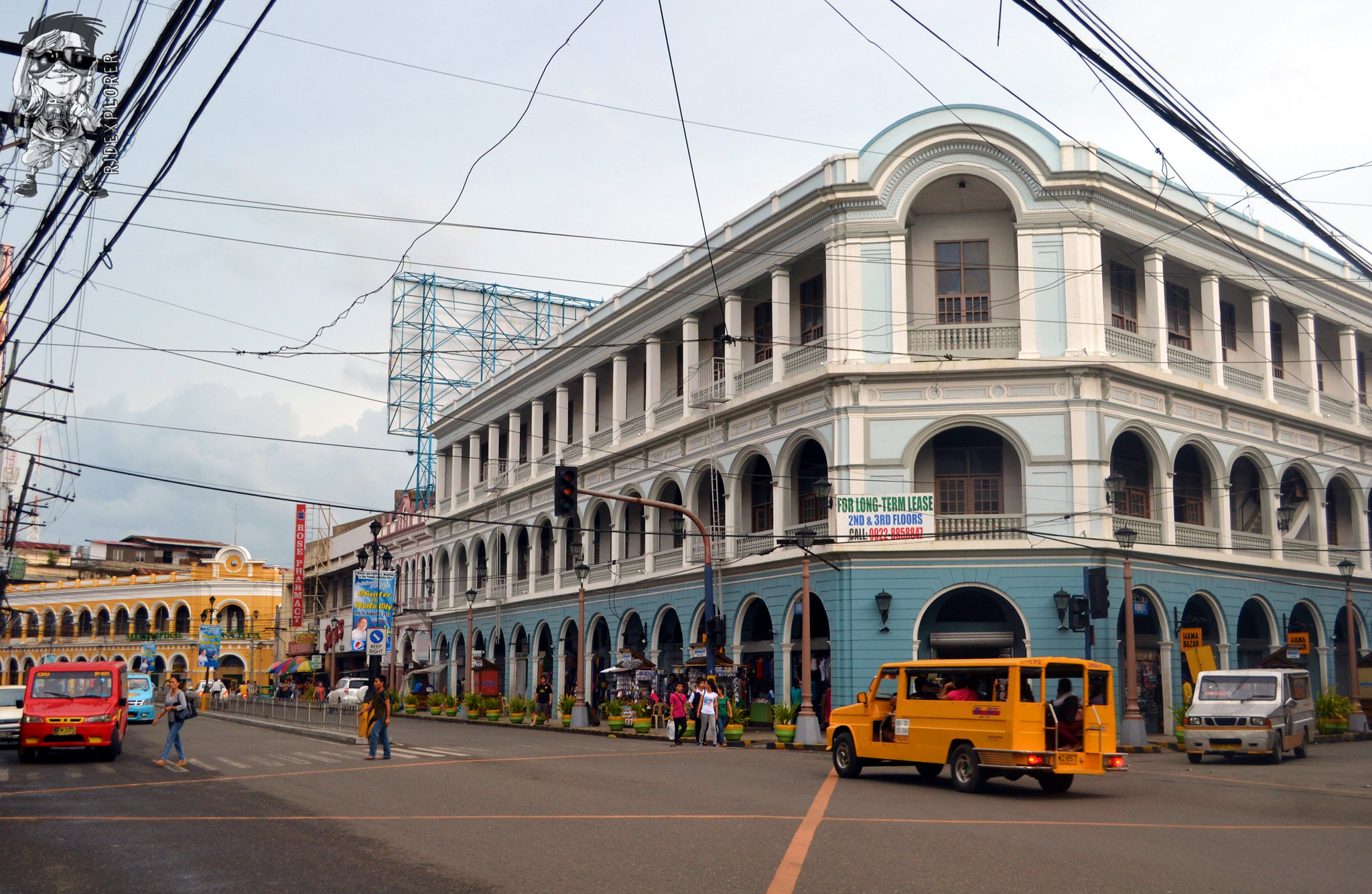
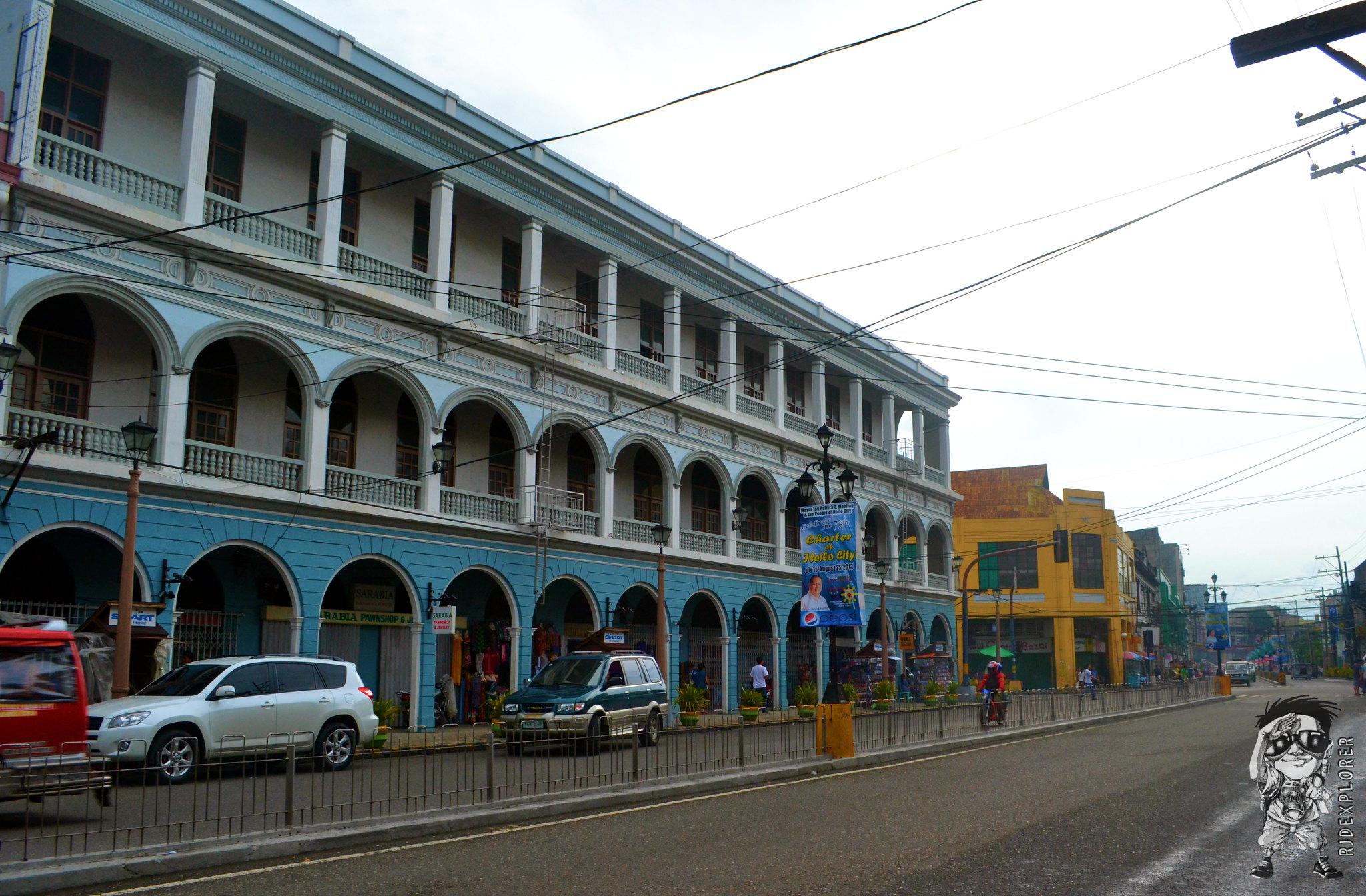
I started my walking tour at the corner of Ledesma Street and Calle Real (now JM Basa St) going straight towards Plaza Libertad. Calle Real was once the center of trade and commerce in Iloilo and the magnificent old structures along the street are the living proof. Although some of these buildings were already renovated, you will still be transported back in the Spanish-colonial era with the different art-deco buildings on the side of the street.
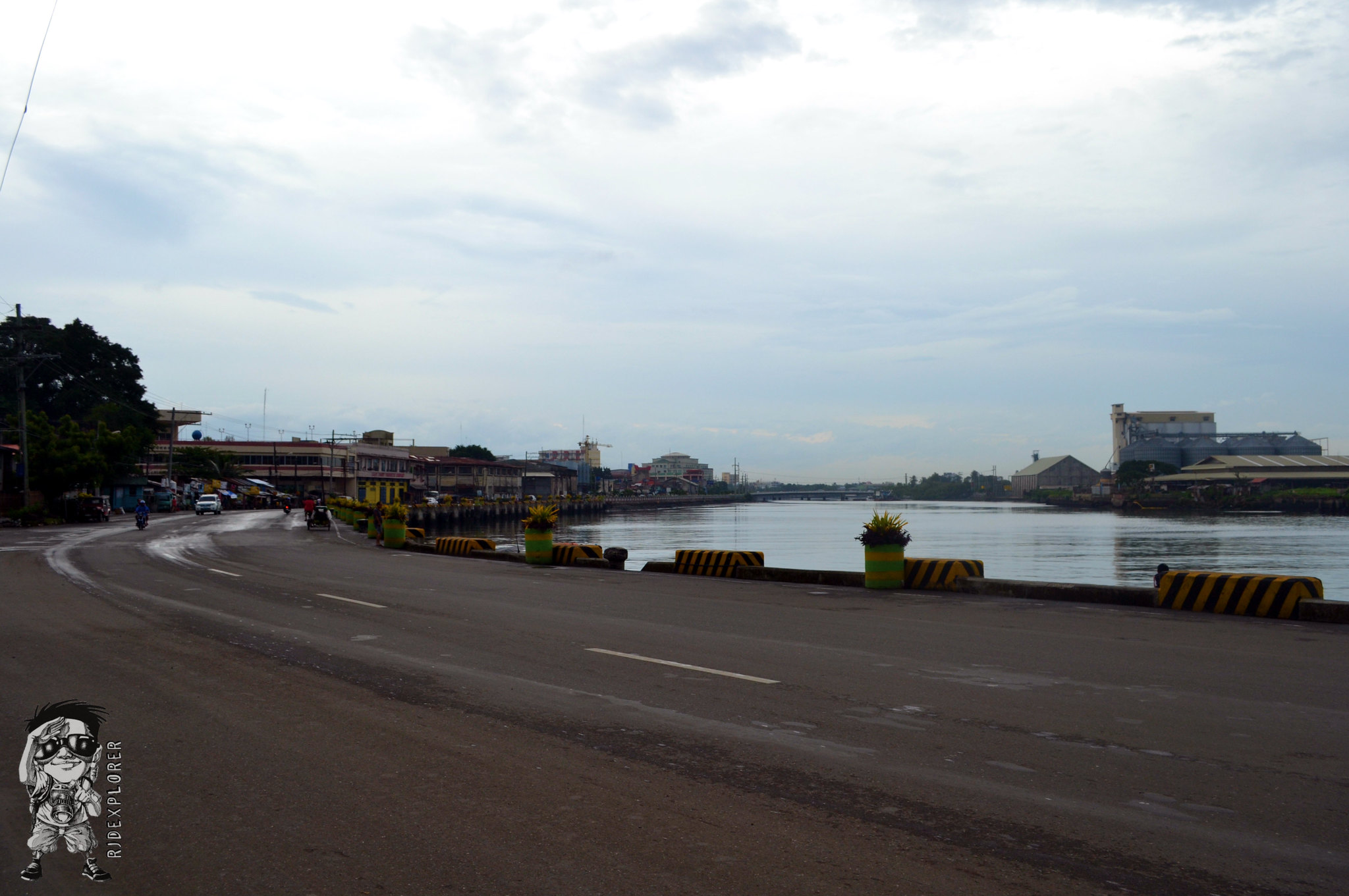
Along the road, I decided to make a left turn and I was enthralled by Iloilo’s port known as the Muelle Loney Port.
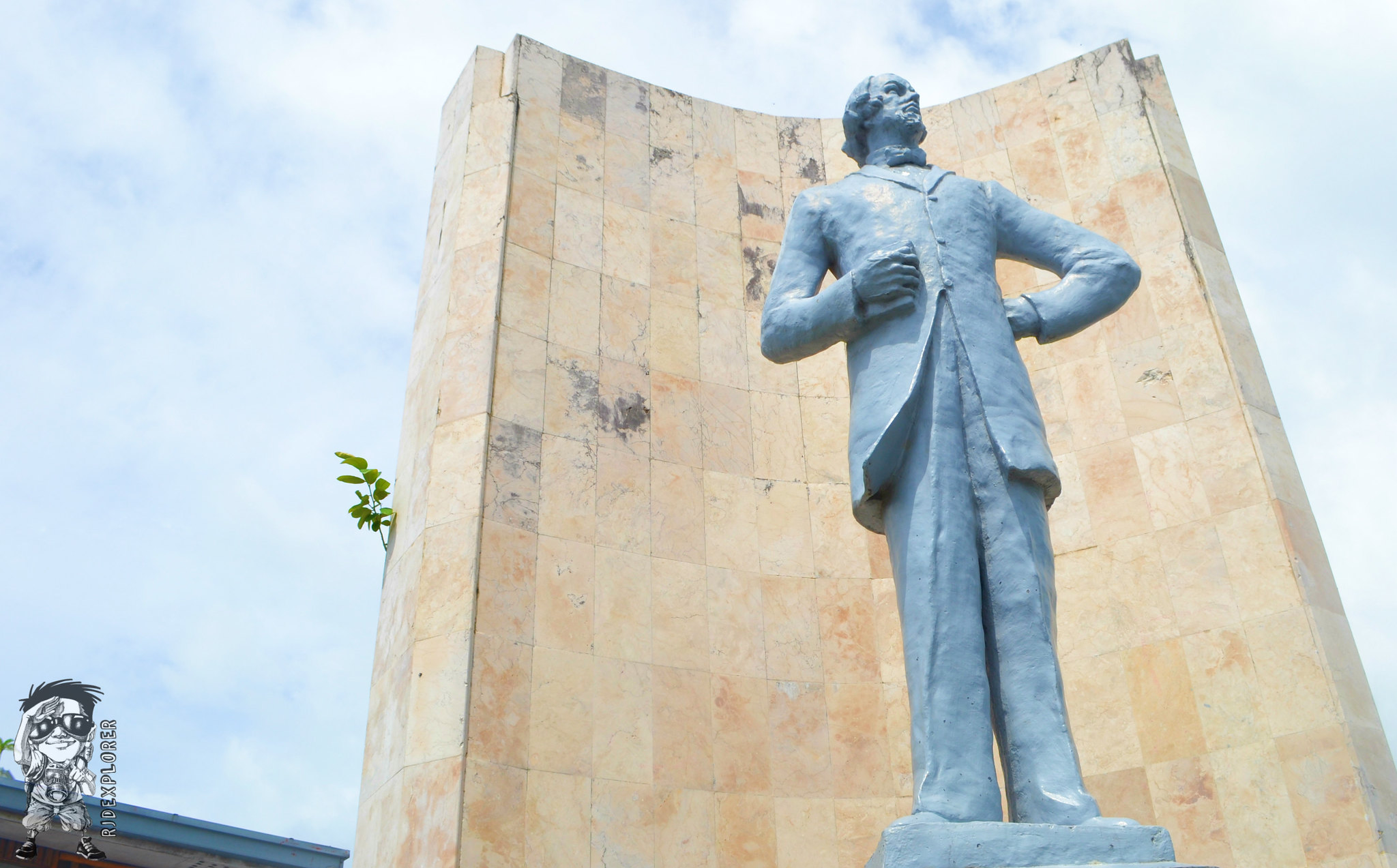

Near the port is the monument of Nicholas Loney, born in Plymouth, Devon, England in 1826 and left for Manila to trade in 1851. He greatly contributed in the development of Panay and Negros especially in the sugar industry by introducing innovative sugar cane mill and providing financial assistance to sugar cane farmers. He also improved the port system and did the first direct exportation of sugar from Iloilo.
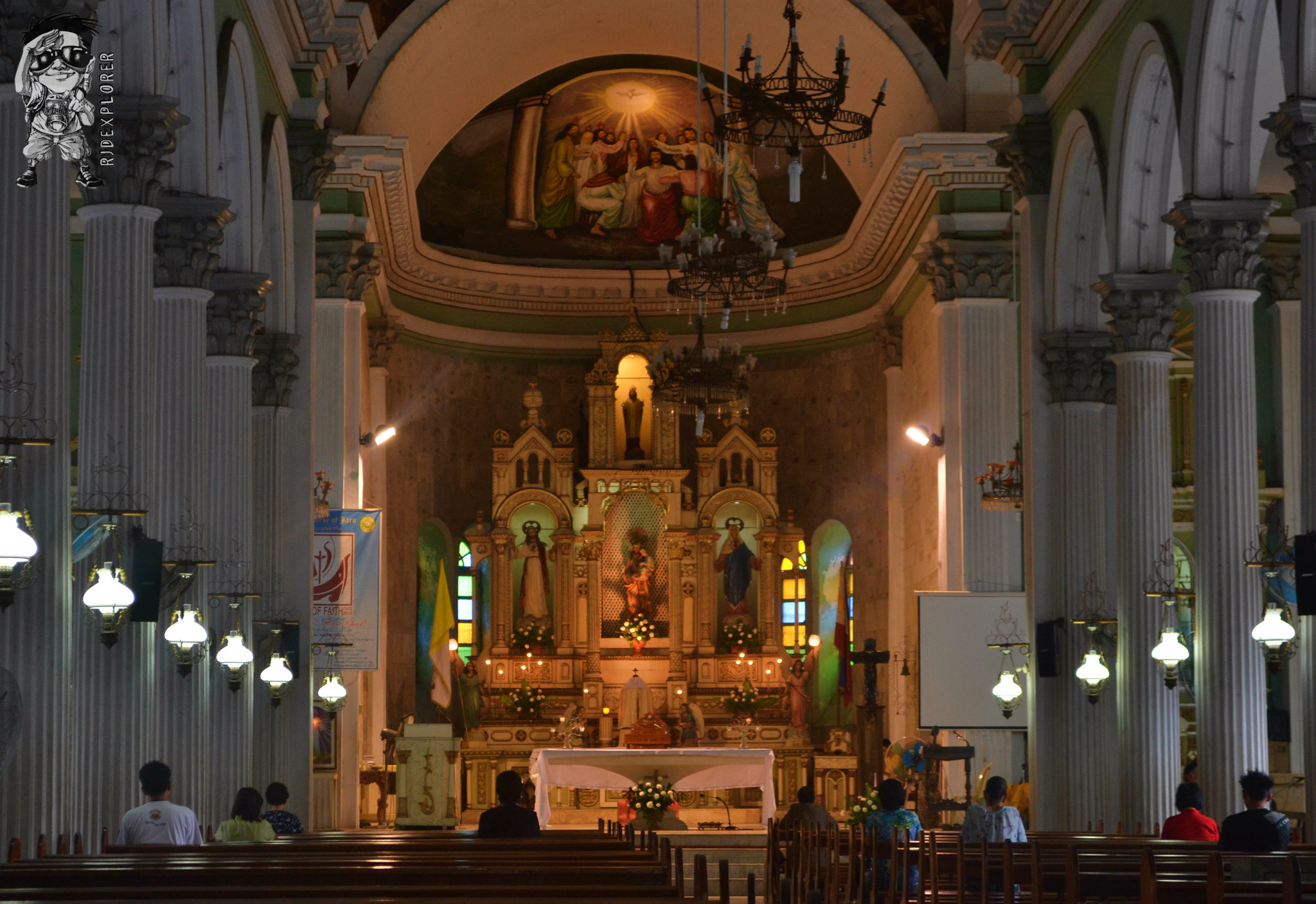
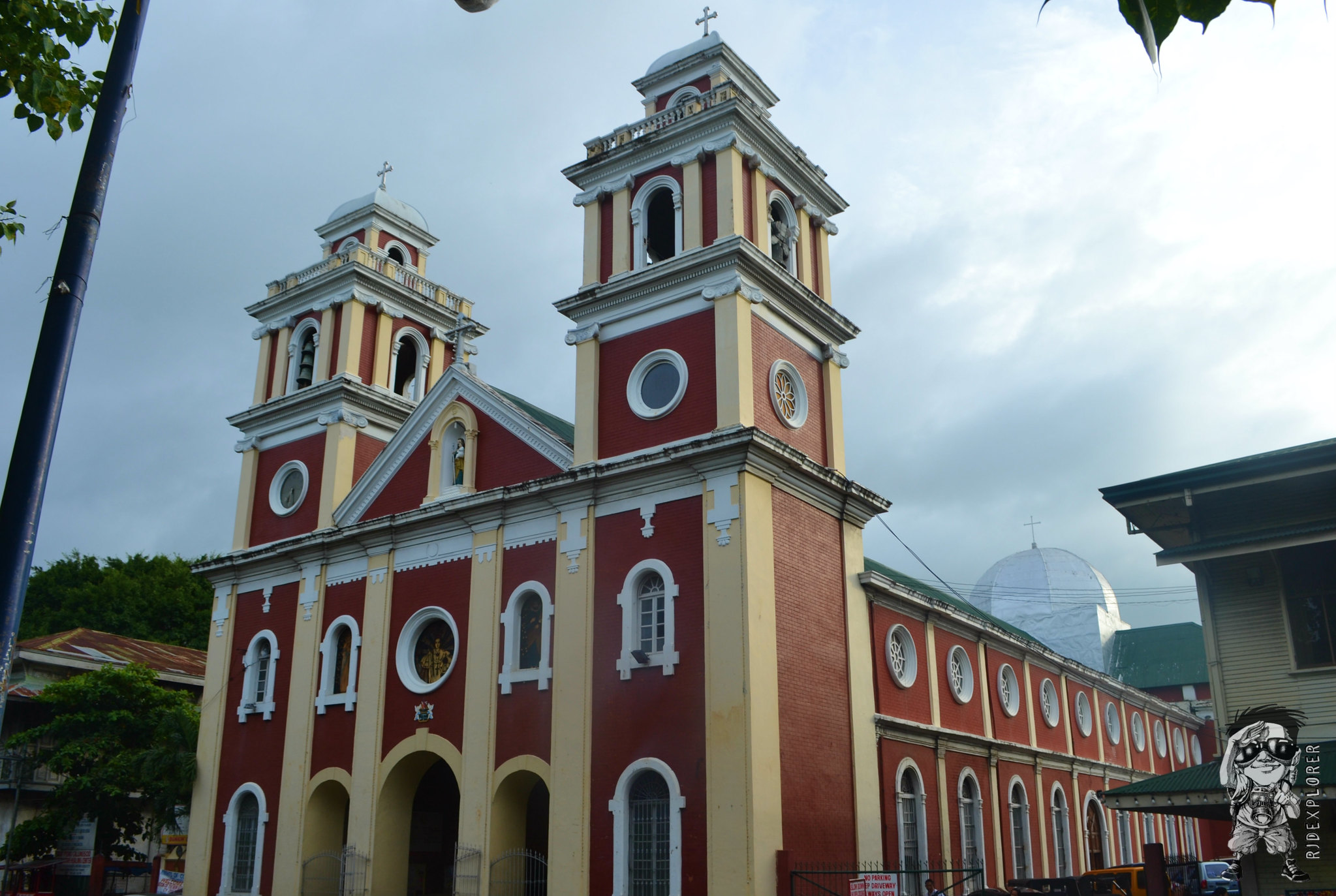
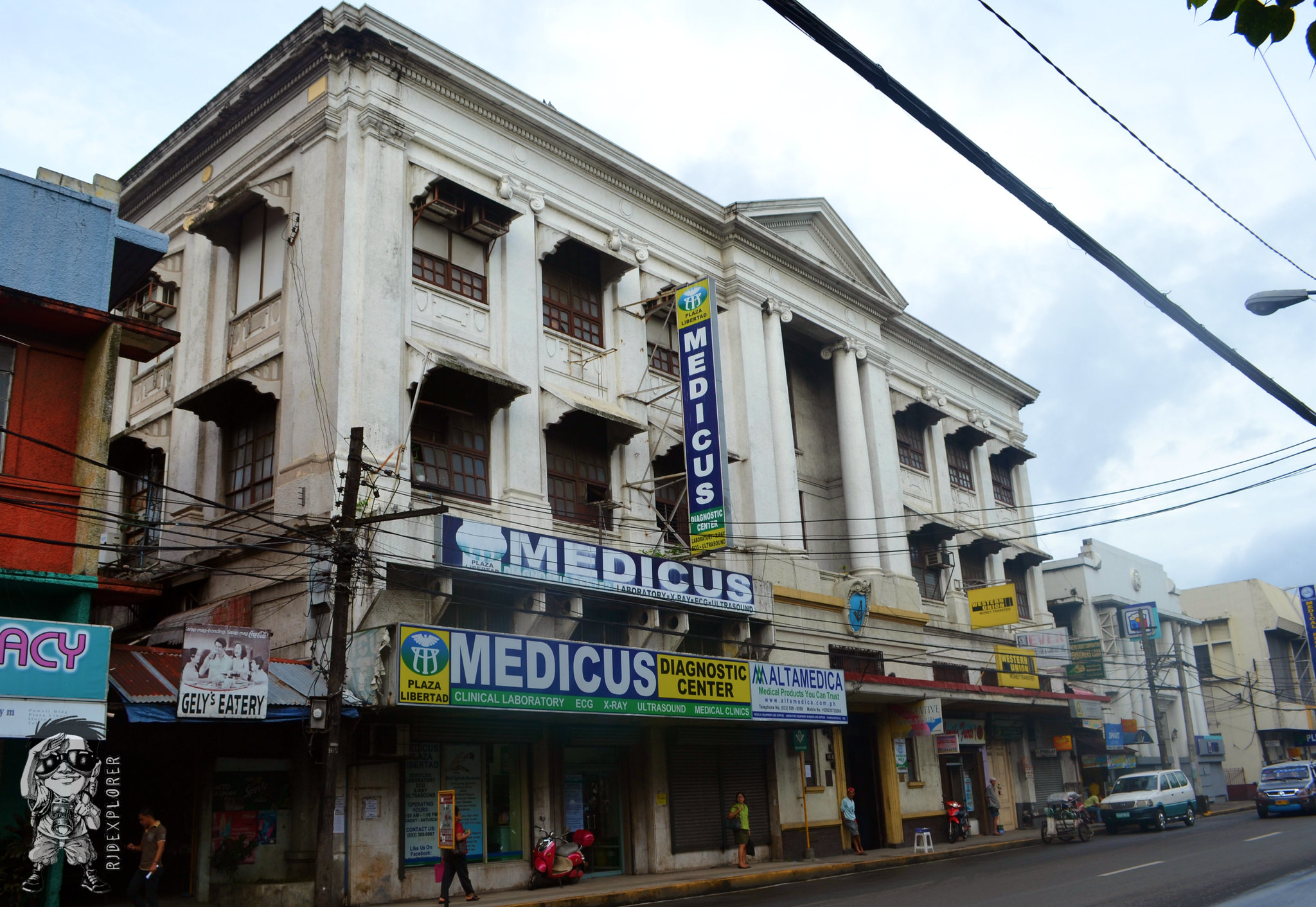
Near Loney Port is Plaza Libertad located at the end of the famous Calle Real. It was declared as a National Heritage Site as it is where the flag of the First Philippine Republic was raised on December 25, 1898 to end the Spanish colonialism in Panay. Surrounding the plaza are the new Iloilo City hall, the Lacson Ancestral House, Church of San Jose which is the birthplace of Dinagyang Festival and the Masonic Temple.
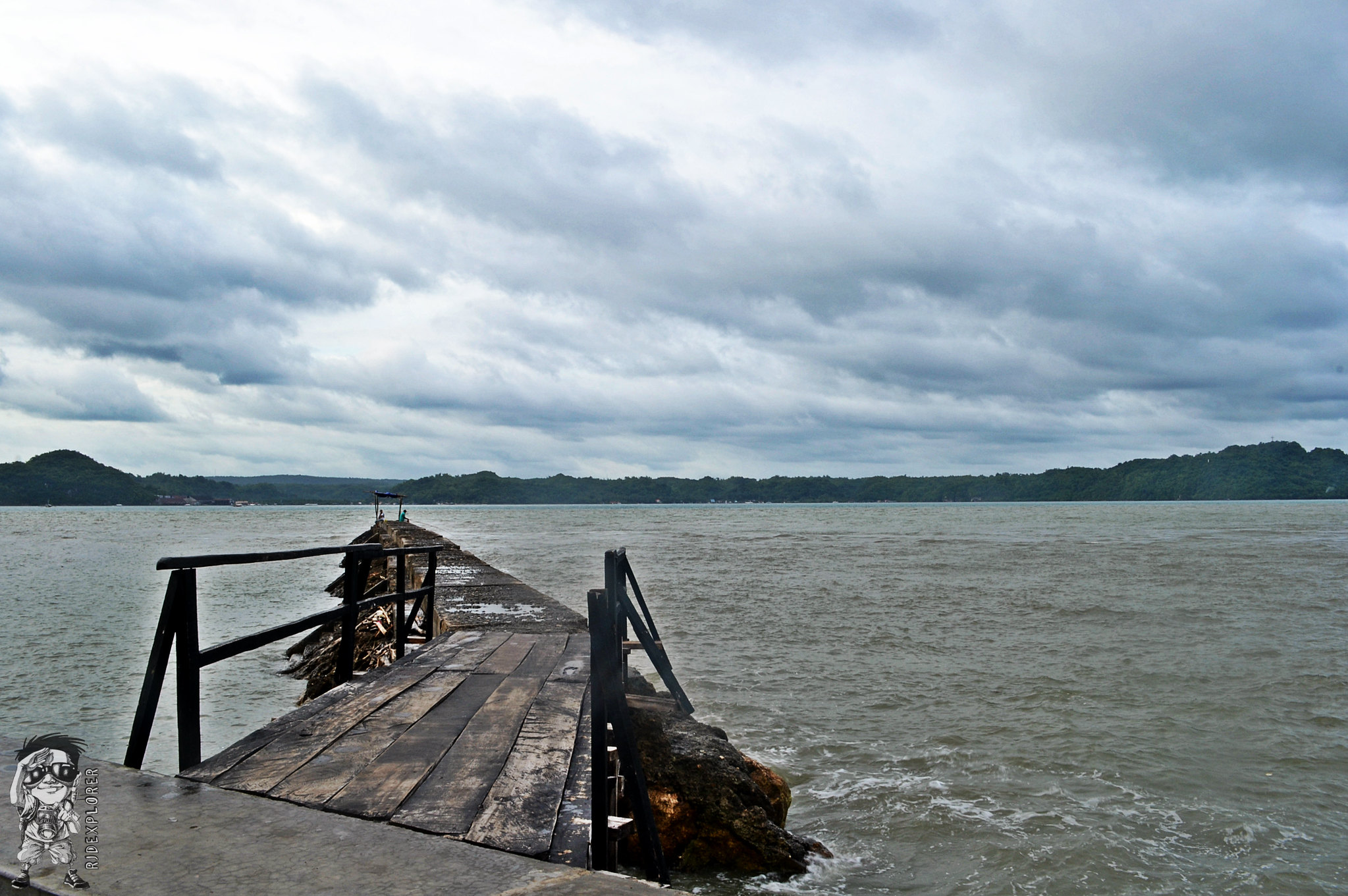
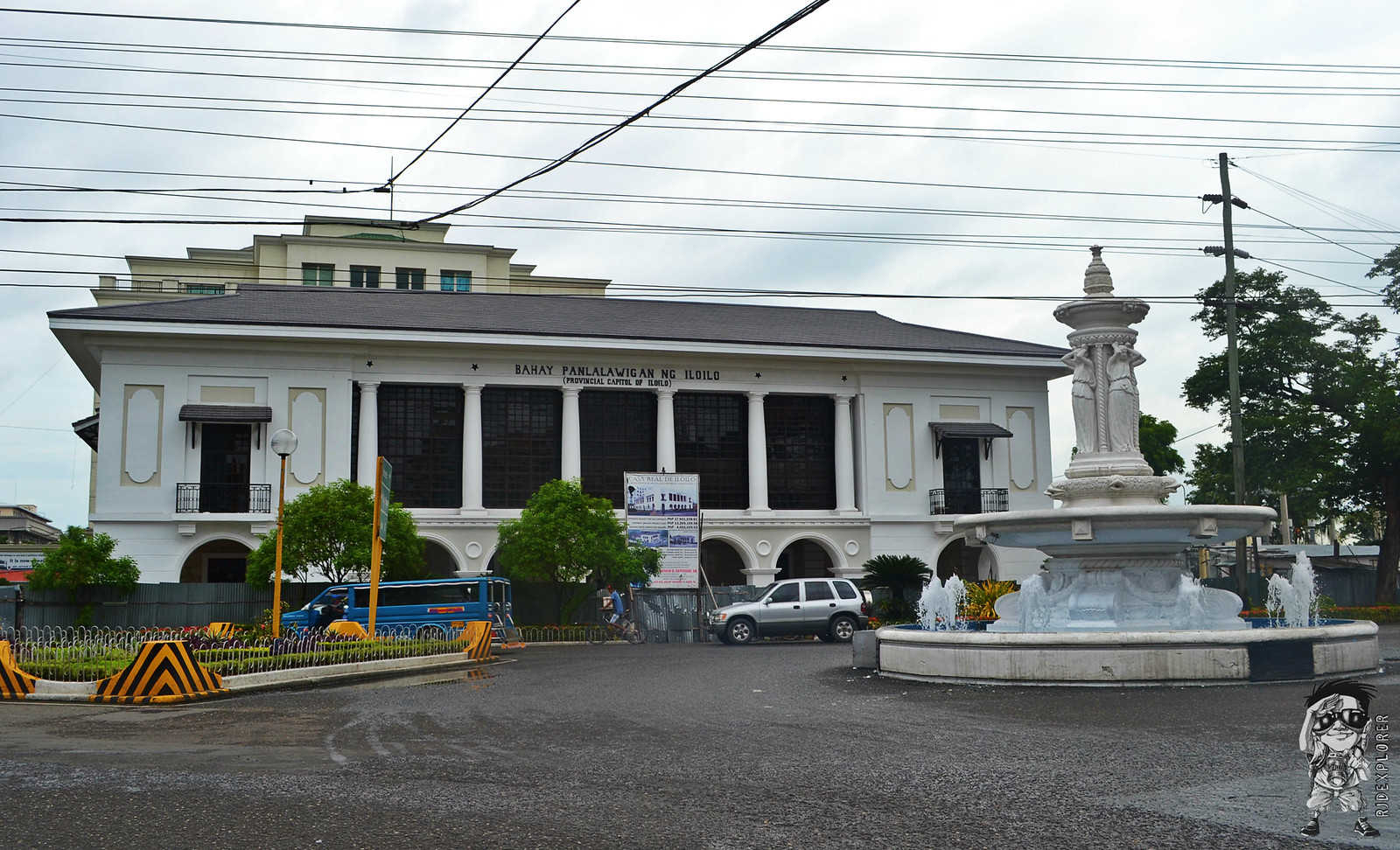
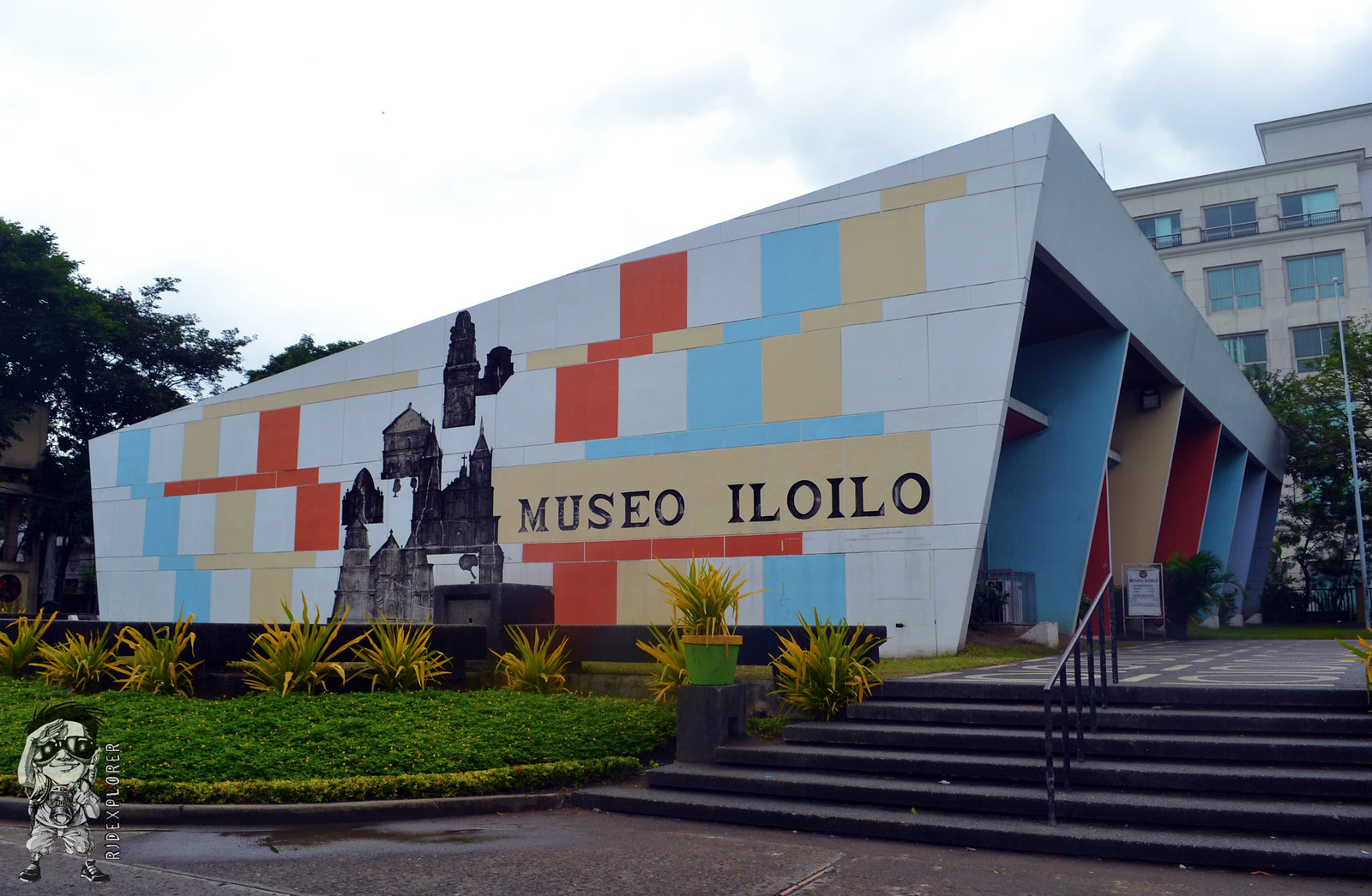
From Fort San Pedro, I made my way to the Arroyo Fountain located in front of the Old Capitol Bulding. The fountain is at the middle of the intersection where important streets in Iloilo meet. Last stop of my Iloilo City Tour was the Museo Iloilo located near the new Iloilo Provincial Capitol building. I dropped by the museum before heading to Bacolod City.







